Retail Store Banning Letter Template for Effective Communication
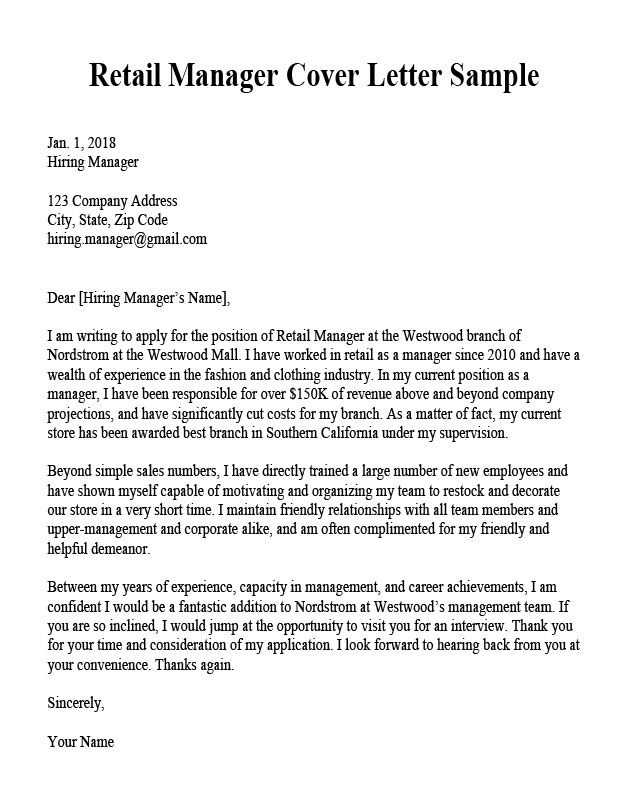
When a customer’s behavior disrupts the environment of a business, it may become necessary to formally address the situation. Ensuring this communication is clear and professional is crucial for maintaining both the integrity of the establishment and the safety of others. A well-written document can set the tone for future interactions and establish clear boundaries moving forward.
To draft a successful communication of this nature, it’s important to focus on specific details that convey the reason for the decision while remaining respectful. The goal is not to escalate the issue but rather to prevent any further complications. This requires careful language choices, clear explanations, and appropriate legal considerations.
Crafting an effective document involves balancing firmness with professionalism. The message should be direct enough to leave no room for misunderstanding, while also offering the recipient an opportunity to reflect on their actions. This approach can foster a more constructive relationship, even in situations that might otherwise seem confrontational.
Retail Store Banning Letter Template Guide
When a business needs to inform an individual about restricted access due to inappropriate actions, it’s important to deliver this message with clarity and respect. A properly crafted communication not only explains the decision but also provides a foundation for any future interactions. This guide will walk you through the essential components required to create an effective document for such situations.
Start by considering the following elements that should be present in any formal communication regarding restricted access:
- Reason for action: Clearly outline the specific behavior or incident that led to the decision.
- Details of the restriction: Define the duration and scope of the restriction, including any areas or services impacted.
- Future consequences: Explain the potential for further actions if similar behavior occurs again.
- Legal considerations: Make sure the communication aligns with applicable laws to avoid misunderstandings.
Once these key points are addressed, the next step is to structure the document in a way that is both professional and easy to understand. A well-organized format helps prevent confusion and ensures that the recipient knows exactly what is expected.
Finally, keep in mind the importance of tone. While the message should be firm, it should also remain respectful, reflecting the desire for a constructive resolution rather than creating unnecessary conflict. A straightforward yet courteous approach will help maintain the integrity of the business while still addressing the issue at hand.
Importance of Clear Store Policies
Clear and concise guidelines are essential for ensuring a consistent and fair approach to customer interactions. These rules serve as the foundation for managing behavior and expectations, making it easier to handle difficult situations and communicate decisions effectively. A well-defined set of policies not only protects the business but also creates a transparent environment for all parties involved.
Having explicit guidelines in place helps avoid confusion and provides a reference point for when actions need to be taken. It sets clear boundaries for acceptable conduct, allowing both staff and customers to understand what is expected in any given scenario.
The following table highlights the key areas that should be covered in any policy document:
| Policy Area | Description |
|---|---|
| Customer Conduct | Outlines acceptable behavior and actions to take in case of violations. |
| Security Measures | Describes actions taken to protect staff, customers, and property. |
| Access Restrictions | Details the circumstances under which access may be limited or revoked. |
| Legal Compliance | Ensures policies align with relevant laws and regulations. |
With these components in place, businesses can navigate complex situations with more confidence and consistency. It also ensures that all actions are legally sound and ethically responsible, which is crucial in maintaining a positive reputation. Clear policies act as a framework for decision-making, offering both guidance and accountability in difficult circumstances.
How to Craft a Professional Ban Letter
When an individual’s actions warrant restricted access to a business, it is crucial to communicate the decision in a professional and respectful manner. A well-written document helps maintain a calm and transparent atmosphere, ensuring the recipient understands the reasons behind the action and the consequences of future behavior. Crafting such a message requires clarity, diplomacy, and a clear structure.
Key Elements to Include
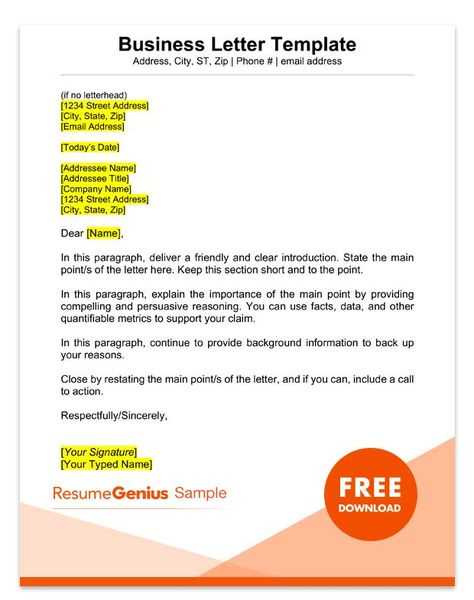
The first step in creating an effective communication is to outline the necessary components. Each section should be precise, leaving no room for confusion.
- Reason for Restriction: Clearly state the specific actions or behavior that led to the decision.
- Duration of Access Limitation: Specify the length of time the restriction will be in place, if applicable.
- Future Expectations: Explain the conditions under which the restriction might be lifted, or the consequences of further violations.
- Respectful Tone: Despite the nature of the message, ensure the tone remains professional and courteous.
Formatting the Message
Proper structure is equally important to ensure that the communication is both clear and easy to read. Begin with a formal introduction, followed by a direct explanation of the situation. Include a conclusion that reiterates the main points and invites the recipient to contact the business for any questions or clarification.
By focusing on these elements, the communication will remain respectful and legally sound, fostering a professional atmosphere even in challenging situations. A well-crafted document not only addresses the issue at hand but also contributes to the overall reputation of the business.
Key Elements of a Banning Letter
When creating a formal communication that restricts access to a business, it is important to include specific components to ensure clarity and professionalism. Each section should serve a clear purpose, addressing the reason for the restriction, its scope, and any future actions. A well-structured document helps to maintain transparency and avoid misunderstandings.
Essential Information to Include
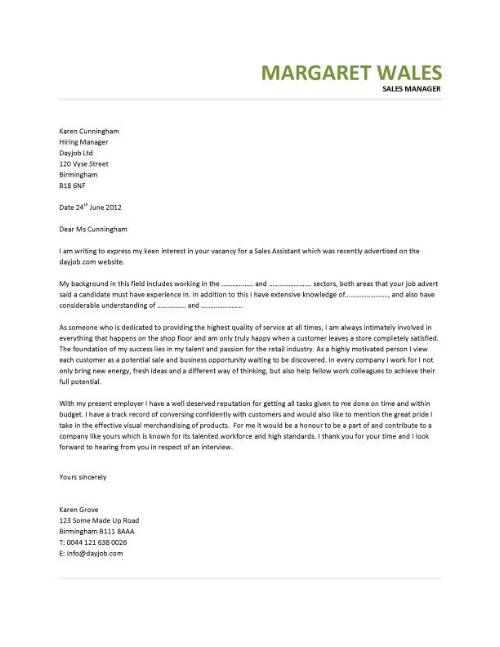
Each communication of this type should contain the following elements to ensure the recipient fully understands the context and consequences of the decision:
- Clear Explanation of the Incident: Provide a detailed description of the behavior or event that led to the restriction.
- Specific Timeframe: If the restriction is temporary, clearly define the start and end dates or the conditions under which the access will be restored.
- Consequences of Further Violations: Outline the potential actions that may be taken if similar behavior occurs again, including permanent restrictions or legal steps.
- Respectful and Professional Tone: While the message is firm, it should remain courteous and devoid of unnecessary emotional language.
Formatting the Communication
The document should be well-organized and easy to read. Begin with a formal greeting, followed by an explanation of the situation, and then outline the next steps or consequences. Finish with an invitation for the recipient to seek clarification if needed, ensuring the tone remains open and professional throughout.
By incorporating these essential elements, the communication will be both effective and respectful, fostering a clear understanding of the decision and its implications.
Legal Considerations for Store Bans
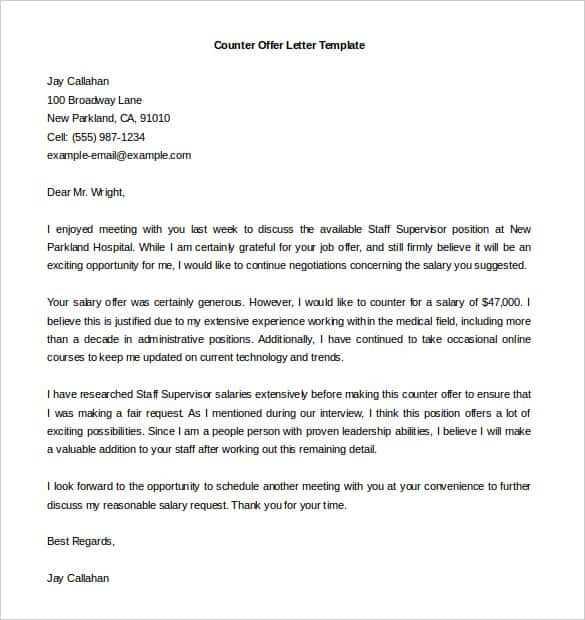
When restricting an individual’s access to a business, it’s important to consider the legal implications of such actions. Businesses must ensure that they are not violating any rights or laws while enforcing such measures. The process should be handled carefully to avoid legal disputes and ensure the restriction is both fair and lawful.
Understanding Rights and Restrictions
One of the key aspects of enforcing access limitations is to ensure that the action does not infringe upon an individual’s rights. Businesses typically have the right to refuse service, but they must do so in a way that is non-discriminatory and compliant with relevant laws.
- Non-Discrimination: Restrictions should not be based on race, gender, religion, or other protected categories under law.
- Reasonable Justification: The action should be based on valid reasons such as disruptive behavior or breach of policies.
- Clear Communication: Any restriction should be communicated clearly to the affected individual, explaining the reason and any potential legal rights they may have.
Potential Legal Risks
Businesses should also be aware of potential legal challenges that can arise if the decision is perceived as unfair or unjust. If not properly documented, these actions may lead to claims of harassment, discrimination, or defamation. It’s important to consult legal counsel to ensure compliance with local laws and avoid these risks.
By adhering to these guidelines and being aware of the legal landscape, businesses can enforce necessary access restrictions while minimizing the risk of legal complications.
Common Mistakes in Ban Letters
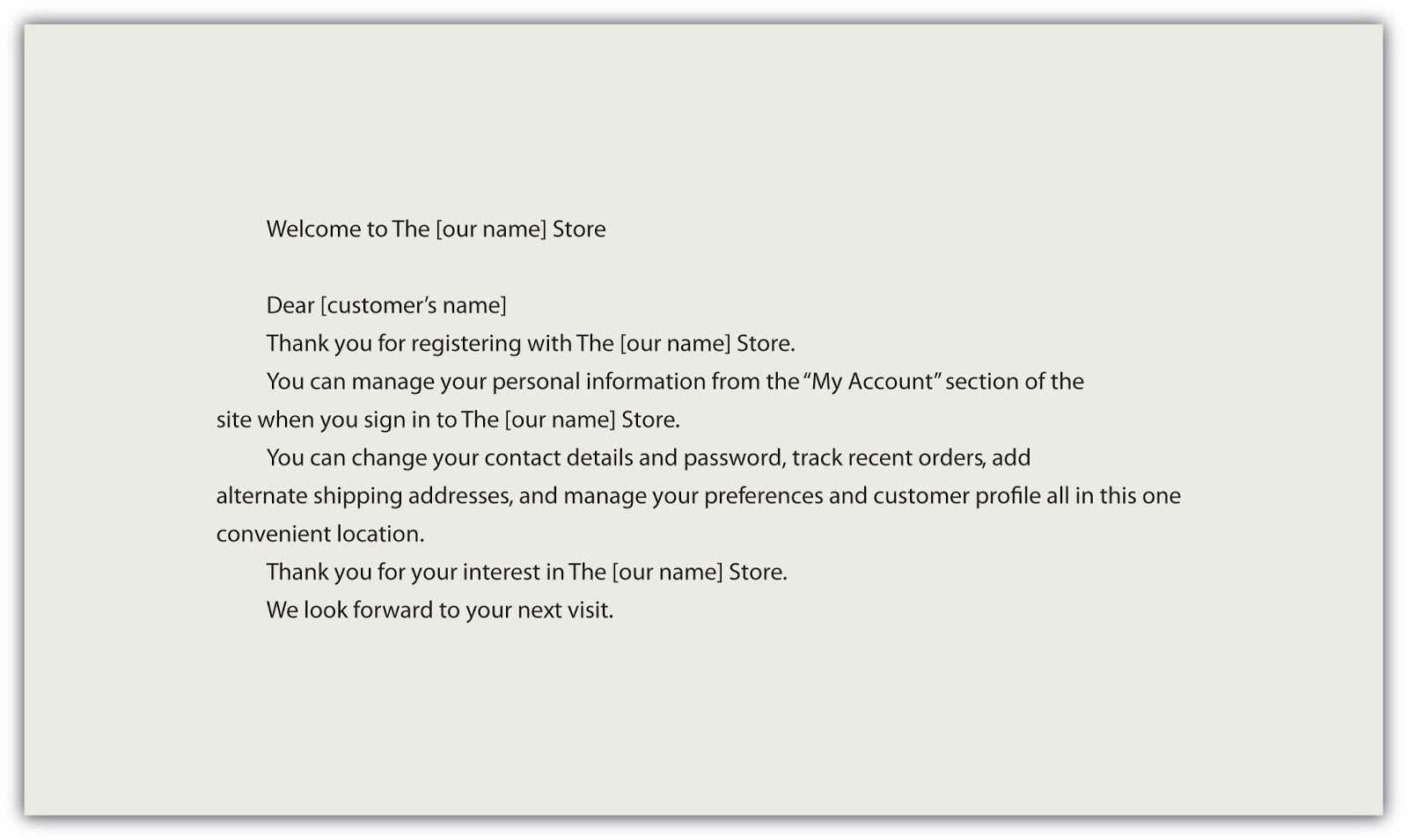
When creating a formal communication that restricts access, certain missteps can undermine the effectiveness of the message or lead to unintended consequences. These mistakes often arise from unclear language, lack of professionalism, or failure to properly explain the situation. Identifying and avoiding these common errors can help ensure that the communication is clear, respectful, and legally sound.
- Vague or Ambiguous Language: Failing to provide a clear reason for the restriction can lead to confusion or resentment. Be specific about the behavior or incident that led to the decision.
- Failure to Include Legal Considerations: Not addressing the legal aspects of the restriction can lead to misunderstandings. It is important to highlight that the action is within the business’s rights while adhering to relevant laws.
- Inadequate Documentation: Omitting key details, such as the duration of the restriction or the process for lifting it, can result in uncertainty for the individual involved.
- Overly Harsh or Aggressive Tone: A confrontational tone can escalate tensions unnecessarily. It’s important to maintain professionalism and respect, even in difficult situations.
- Lack of Next Steps: Not providing clear instructions or guidance on how the individual can contact the business or appeal the decision can create frustration and confusion.
By avoiding these common mistakes, businesses can improve the effectiveness and professionalism of their communications, ensuring a smoother process and reducing the likelihood of conflicts.
Best Practices for Enforcing Bans
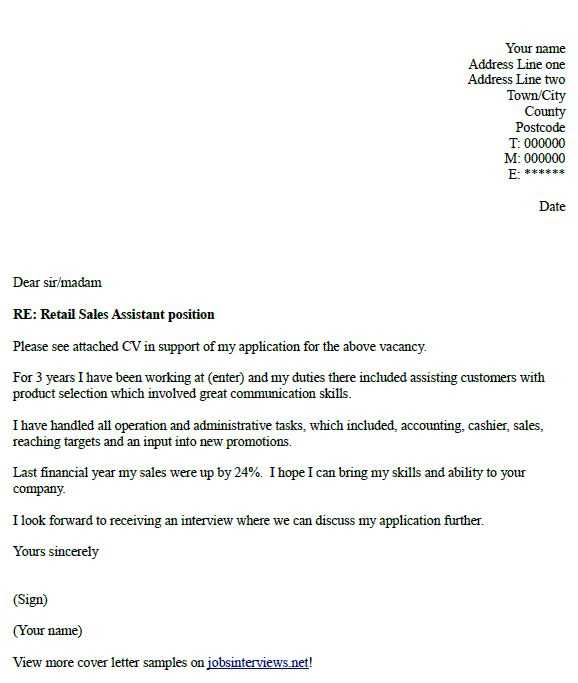
Enforcing restrictions effectively requires a clear, consistent approach to ensure both fairness and compliance with laws. Proper enforcement ensures that individuals understand the reasoning behind the decision and reduces the likelihood of escalation or legal issues. It is crucial to implement the ban in a manner that is respectful, transparent, and appropriately communicated to all parties involved.
- Clear Communication: Make sure the individual is informed of the restriction in a direct and understandable manner. Explain the reason for the decision and the specific actions that led to it.
- Consistency: Enforce restrictions consistently to avoid accusations of favoritism or discrimination. Ensure that similar situations are handled in a similar manner.
- Document the Incident: Keep thorough records of the incident that led to the restriction, as well as any communications sent. This documentation is important in case of legal disputes or inquiries.
- Provide an Appeal Process: Offering a clear, fair process for individuals to appeal or contest the restriction can help reduce conflict and demonstrate fairness.
- Respect and Professionalism: Even when enforcing a ban, it’s essential to treat individuals with respect and professionalism. This helps maintain a positive reputation and avoid unnecessary confrontations.
By following these best practices, businesses can ensure that restrictions are enforced effectively, reducing the risk of conflicts and fostering a more positive environment for both employees and customers.